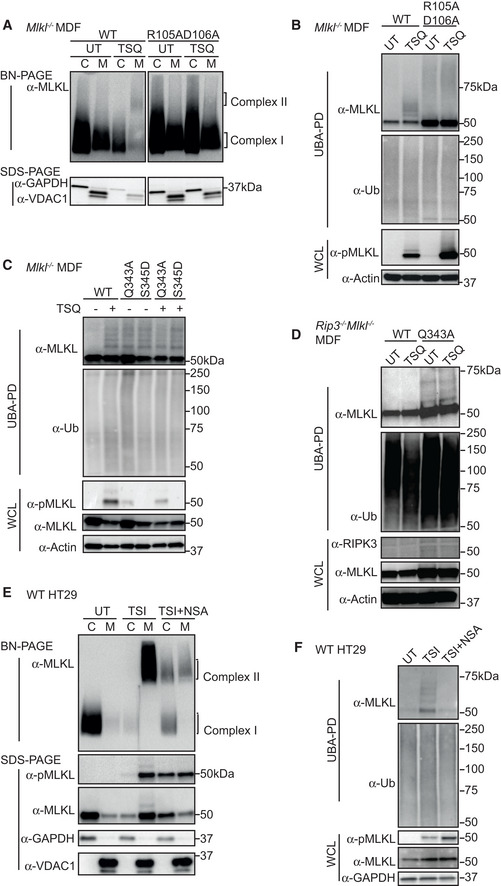Figure 4. MLKL oligomerization drives its necroptosis‐specific ubiquitylation.

- WT and R105AD106A mutant MLKL were inducibly expressed in Mlkl −/− MDFs by doxycycline, at the same time cells were untreated (UT) or treated with TSQ for 6 h. Cells were fractionated into cytosol (C) and crude membrane (M). Fractions were analysed by BN‐ or SDS–PAGE, Western blot and probed with the indicated antibodies. Representative of three independent experiments.
- Cell lysates from (A) were subjected to UBA pulldown and analysed as described above.
- WT, Q343A and S345D mutant MLKL were inducibly expressed in Mlkl −/− MDFs by doxycycline; at the same time, cells were treated ± TSQ for 16 h, followed by UBA pulldown. Representative of three independent experiments.
- WT and Q343A mutant MLKL were inducibly expressed in Ripk3 −/− Mlkl −/− MDFs by doxycycline; at the same time, cells were treated ± TSQ for 16 h, followed by UBA pulldown. Representative of three independent experiments.
- HT29 cells were stimulated with TSI, ± NSA (500 nM) or left untreated (UT) for 16 h, followed by cellular fractionation. Fractions were analysed by BN‐ or SDS–PAGE, Western blot and probed with the indicated antibodies. Representative of three independent experiments.
- Cell lysates from (E) were subjected to UBA pulldown and analysed as described above.
Data information: Wild‐type (WT). TSI and TSQ are used as necroptotic stimuli.
Source data are available online for this figure.
